Why Bark River Knives?
In only a relatively short period of time the knives from Bark River Knives became incredibly popular in the international knife world. But why? We will tell you more about the incredible story behind Bark River Knives.
How it all began
For years Mike Stewart had been working in the knife business for many different famous American companies when he began to notice that in terms of production compromises were made. Knives were no longer produced the way he would like them to be. When you reach that point there are several things you can do. Stewart opted for the pro-active approach: in 2001 he established Bark River Knives with his wife Lesley in his barn in Bark River, Michigan. Shortly after they moved to Escabana, Michigan, where you can still find the Bark River workshop today. Stewart’s son Jim and daughter Jacquelyn also work in the company. As a true family business they continuously try to improve the quality and introduce new designs every single day.
What types of knives does Bark River produce?
Bark River produces dozens, perhaps even hundreds of different designs. Characterizing is that they are actually all designs with a classic look and feel. Often even reproductions or modern interpretations of old designs. At the same time Bark River uses modern materials and techniques to make these ‘old-fashioned’ knives.
Quality without compromise
Regardless of the model Bark River always wants to make sure it is top-quality product. The best heat treatment, the best modifications and the best grinds. A lot of manual labour, so much even it is hard to comprehend how these knives can be available in this price range. Sometimes they are also called ‘semi-custom’ knives. It is for a reason that Bark River Knives uses a ‘no questions asked’ lifelong warranty.
Who does Bark River produce for?
With so many different models there is always something that will appeal to anyone. However, in the basis Bark River thinks of what people do in the northern parts of Michigan: hunting, fishing and other outdoor activities such as bushcraft.
Bark River, however, also really listens to their customers’ demands. A great example is the story of the 1st Force Reconnaissance Company of the US Marine Corps. The company decided to look for a new bushcraft knife without any support from their organization and with their own means. Together they bought a substantial amount of knives and tested them until they could no longer be used. In the end only one remained: the Bark River Gameskeeper. They took this knife back to Bark River for a couple of modifications. After all, in the basis the Gameskeeper was a hunting knife and needed a couple of adjustments to make it perfect for bushcraft purposes. The result was the Bark River Bravo 1. Today this model is available with different types of steel.
Manual labour
We already shortly discussed it: the massive amount of manual labour that is used for every Bark River knife. The coarse shape of the blade, the ‘blank’ is cut out of a piece of steel with the help of a machine. After that everything is done by hand. The blank receives a heat treatment and is enhanced with a handle.
The handle
The handle is almost always secured with ‘corby bolts’. These are, simply put, screws with a very high top to make sure you can sand them off to be left with a simple pin. These pins, however, firmly keep the handle in place. The great thing about Bark River is that they produce these corby bolts themselves.
If the parts of the handle are glued together it is time to start shaping it. Bark River, after all, is known for its more than excellent ergonomics. To shape the handle they use CNC milling for the basic shape of the handle, but the finish and additional sanding is done completely by hand. If the material allows it of course. Some delicate types of wood and all types of horn and bone are completely shaped by hand. The knife makers at Bark River take the coarsely shaped handle and sand it down by hand to end up with the right shape. It takes a lot of experience and craftsmanship. Not everybody can do it!
After the handle has been given the right shape it is time to completely finish it. After all, Bark River wants the handle to be completely finished before they start working on the blade.
Convex grind
Adding a grind means removing material from the blade to make it thin enough to be able to cut with it. After all, if you have a 4 mm blade it won’t be enough to add an edge to the end: the rest of the blade needs to be thin as well to make cutting even an option. Bark River is known for its excellent convex edges.
A convex edge means that the edge is not concave (hollow) or flat, but slightly convex. This makes the edge a little stronger leaving you with less cutting resistance because of the lack of the ‘hard shoulder’ which is located at the edge of a normal Western edge. As a result convex edges excel in almost all areas. According to Mike Stewart a convex edge will stay sharp four times longer than a conventional edge. The only ‘problem’ is that a convex edge is a lot more difficult to produce. It will always be something that is applied by hand. Exactly what Bark River excels at.
At Bark River the knife makers take hold of the knife by the finished handle and apply a convex grind by hand while using a sander. For it they use sanders with extremely good sharpening belts. After all, the blade has already been hardened which makes it more difficult to remove material. It is also important to make sure that the blade doesn’t get too hot as the grind is applied as it could affect the heat treatment. For that reason the experts at Bark River work with their bare hands. As such they will immediately know when the knife is getting too hot. After all, if the knife never gets hotter than what your bare hands can handle it can never really affect the heat treatment.
Finish and razor-sharp results
After finishing the initial grind it is time to finish the blade and make it razor-sharp. At Bark River they do so by using a combination of finer and finer polishing wheels. A couple of sharpening specialists use them day in day out to make each knife razor-sharp. The knife is tested and tested until it is good.
Bark River sheaths
The process doesn’t finish after the knife has been completed. In almost all cases a Bark River knife comes with a beautiful leather sheath. Bark River is one of the very few companies that also produces their own ‘in house’ leather sheaths. So yes, in the crowded and busy Bark River workshop you can also find a separate leather department. Here the sheaths for all the knives are made by hand. All made from pure top-quality saddle leather.
Etching the Bark River logo
After finishing the knife the logo is etched on the blade by hand. A silkscreen stencil is stuck to the knife and with an etching solution and a special device the logo is applied. No laser that will engrave dozens of knives in mere seconds, but each knife individually, by hand.
Quality check
In a process with so many different steps there are many moments during which something can go wrong. At the same time there are also a lot of moments during which you can check to see how the knife is turning out. It is exactly what Bark River does. Exactly because so many different people are involved in making one knife, many people also check each knife after each step. As a result the knife is checked more than three times to see if it is actually sharp. Too much? Perhaps. But it is a great way of built up the immense reputation Bark River has today.
Availability
Because of all this manual labour the attentive reader will immediately see a big problem looming at a growing company such as Bark River: the availability. At Bark River each knife that is being produced is also already sold. A production schedule is made which major dealers and distributors can use to indicate how many pieces they want to order and which handle they would like it to have. Let’s say a batch of 250 pieces is made of a specific model. If immediately 200 are sent to American dealers you know that only 50 are left for the rest of the world.
An additional complication is that some models are made only once per year, sometimes even less. If they still use the same type of steel that is. As such we cannot guarantee the delivery times. We do the best we can to purchase as much Bark River knives as we can, but sometimes it is simply not possible. And if we are successful in retrieving knives it occurs that we get less than we wanted in the first place which means that they are sold out in no time at all.
As a result all knives that are listed as in stock on our website are actually lying in our warehouse ready to be shipped the same day. This, however, unfortunately also means that backorders on models that are no longer in stock can only rarely be filled.
The growth of Bark River Knives
To meet the ever growing demand Bark River has been expanding their production facility almost annually for over 18 years. Today approximately 40.000 knives are made each year. For 2019 one expects to be able to produce over 52.000 knives. The problem, however, is the crew: good knife makers are rare. It is therefore difficult to find the people who can make the business grow. You could choose to automate processes to be able to produce more, but that would mean that not as much attention would be paid to quality. It is something Bark River doesn’t want to do. They would rather produce excellent knives that are scarce, than sacrifice a piece of quality to be able to make more. A mind-set you can only respect!
Conclusion
Sometimes people ask us if the relatively high price of a Bark River knife is actually worth it. When you read back and once again find out how much manual labour goes into making a product that is produced in the United States you can only conclude that Bark River asks a fair price for its knives. There are even very few knives of which we get so little knives returned, which also says a lot. Bark River is definitely one of the best brands when it comes to fixed knives.
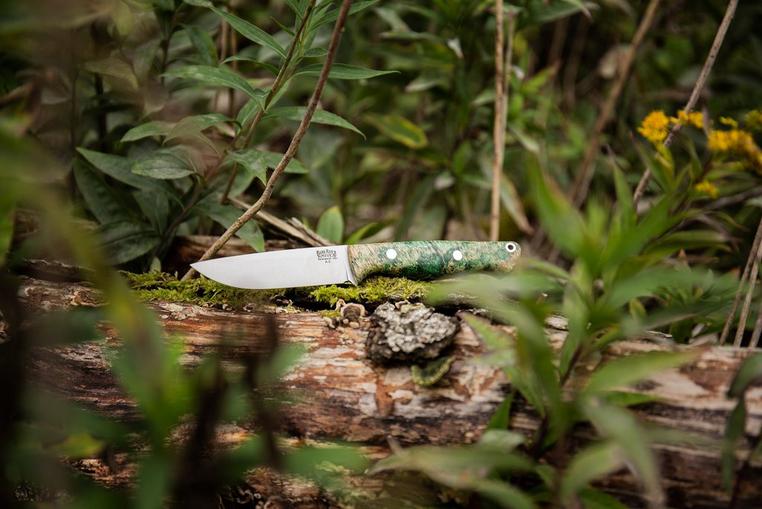
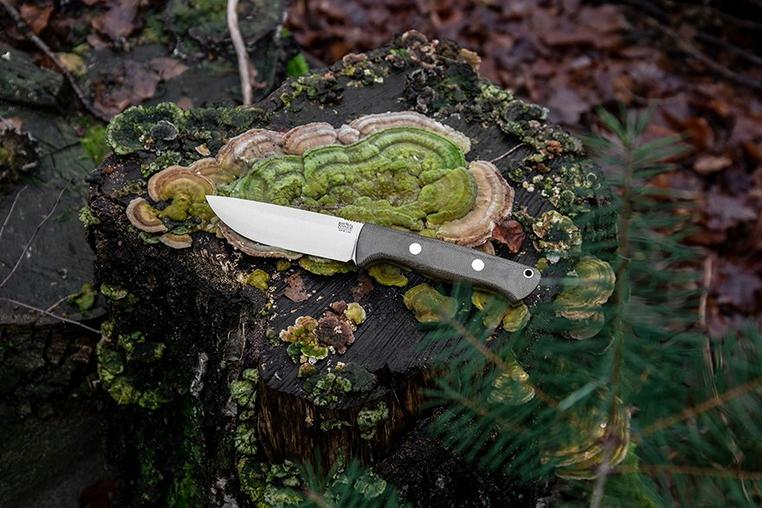
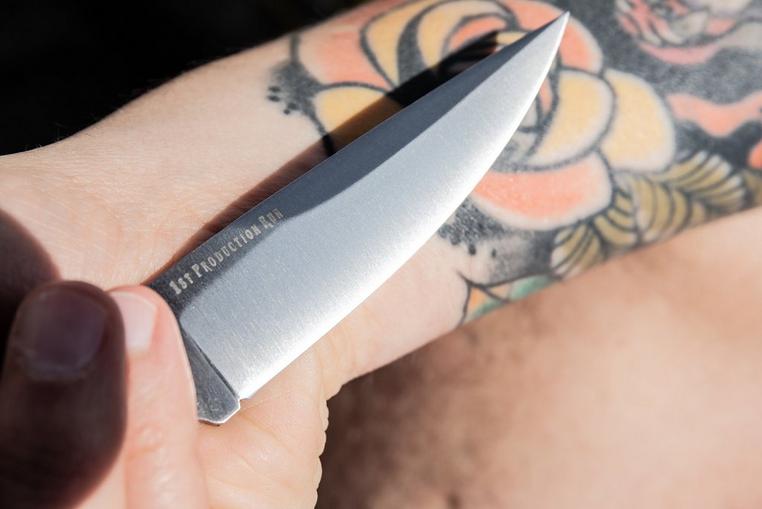
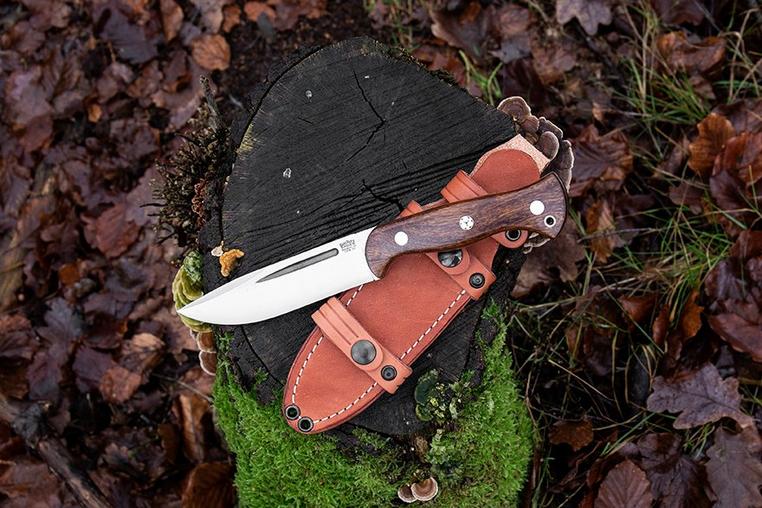

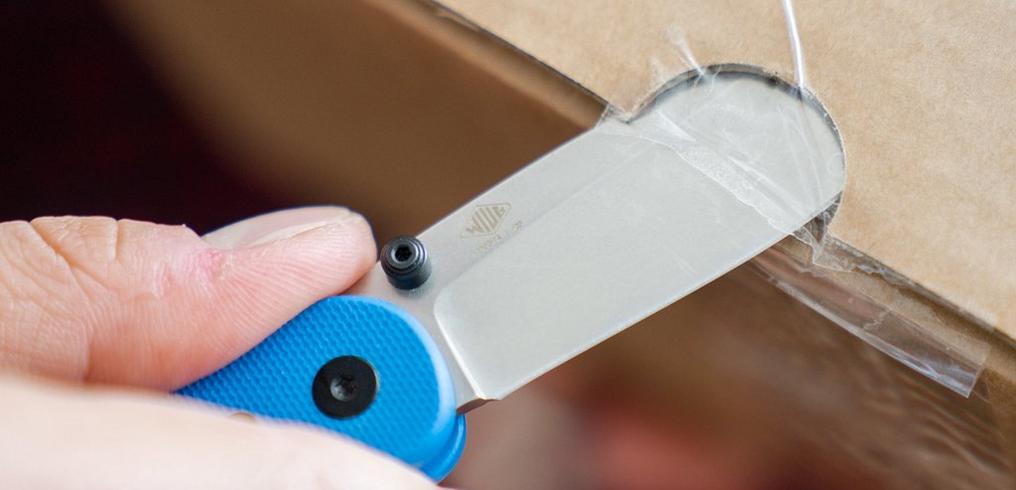

?%24center=center&%24poi=poi&%24product-image%24=&fmt=auto&h=490&poi=%7B%24this.metadata.pointOfInterest.x%7D%2C%7B%24this.metadata.pointOfInterest.y%7D%2C%7B%24this.metadata.pointOfInterest.w%7D%2C%7B%24this.metadata.pointOfInterest.h%7D&scaleFit=%7B%28%24this.metadata.pointOfInterest%29%3F%24poi%3A%24center%7D&sm=c&w=1016)
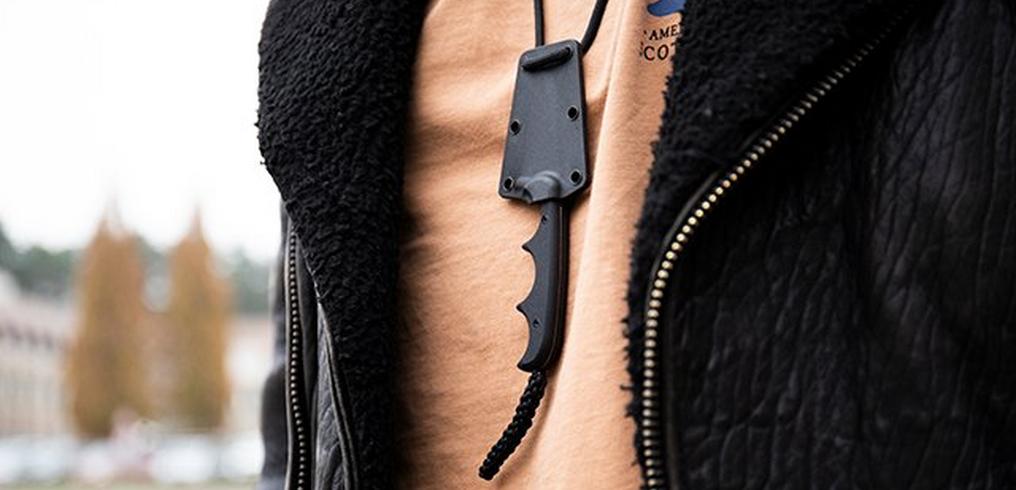

?%24center=center&%24poi=poi&%24product-image%24=&fmt=auto&h=490&poi=%7B%24this.metadata.pointOfInterest.x%7D%2C%7B%24this.metadata.pointOfInterest.y%7D%2C%7B%24this.metadata.pointOfInterest.w%7D%2C%7B%24this.metadata.pointOfInterest.h%7D&scaleFit=%7B%28%24this.metadata.pointOfInterest%29%3F%24poi%3A%24center%7D&sm=c&w=1016)

